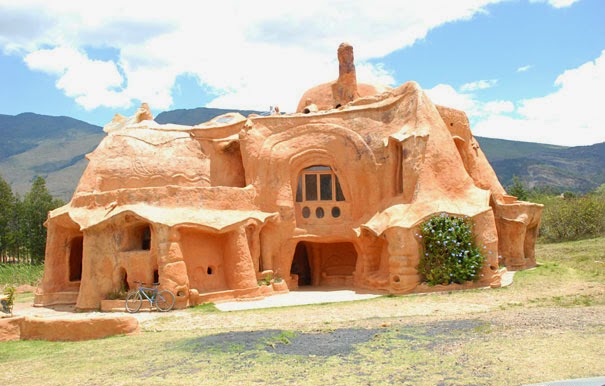Paricutin
Paricutin
The name of Paricutin has been included in many
older lists of seven natural wonders. Today also it has secured its position.
It is the only volcano whose creation, evolution and extinction have been
witnessed by human beings with naked eyes.
The Paricutin is a cinder cone volcano which
started erupting in a cornfield in February, 1943 when the masters of the field
were working there. Both the husband and wife were present in the field when
volcano started erupting for the first time. Rumbling noises of deep
earthquakes that resembled thunder were heard by the people of Paricutin
village, three weeks before the actual eruption. The volcano grew quickly in
the beginning and it reached up to the height of about 60 feet in the first
week. The volcano continued to erupt for around eight years and stopped
completely in 1952 reaching a full
height of 424 meters above the
cornfield. Volcano got most of its height in the first year after creation when
it was in explosive pyroclastic phase.
After just one year, the height of the volcano was 336 meters. The volcano would have erupted to more height if
relatively quiet eruptions would have not occurred in the surrounding areas.
Paricutin is known to be the youngest among more than 1400 volcanoes in the Trans Mexican volcanic belt. The
volcano has been named after the village of the same name which was buried in
lava and ash along with another village called San Juan Parangaricutiro. Though
tree people died in the lightning that occurred because of eruption, no one was
lost because of lava or ash.
 |
| Buried Church of San Juan |
A monogenetic volcano is the one which never
erupts again after the eruption has stopped completely for once. Paricutin is
also considered to be of the same type like most cinder cone volcanoes.





Comments
Post a Comment